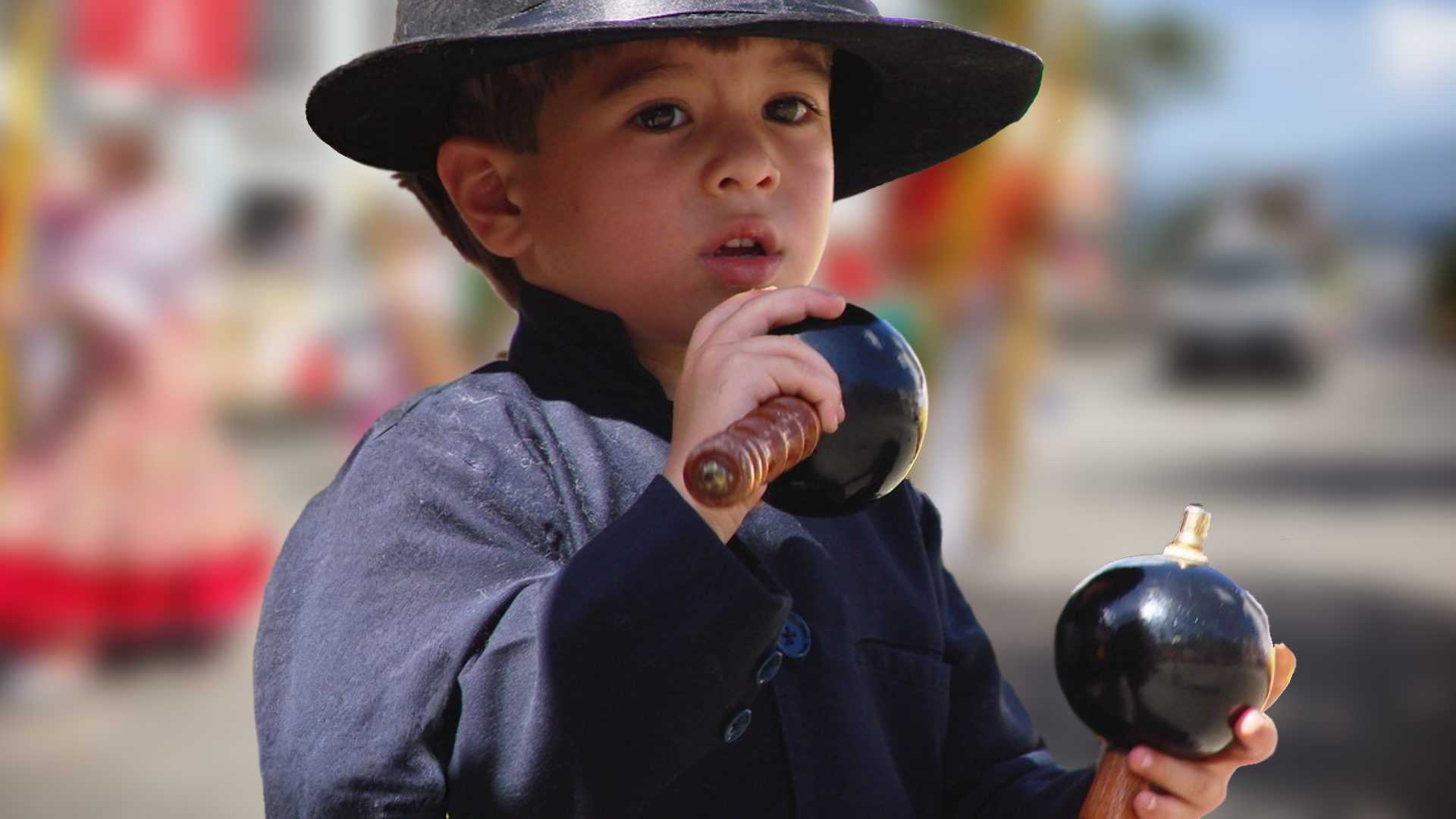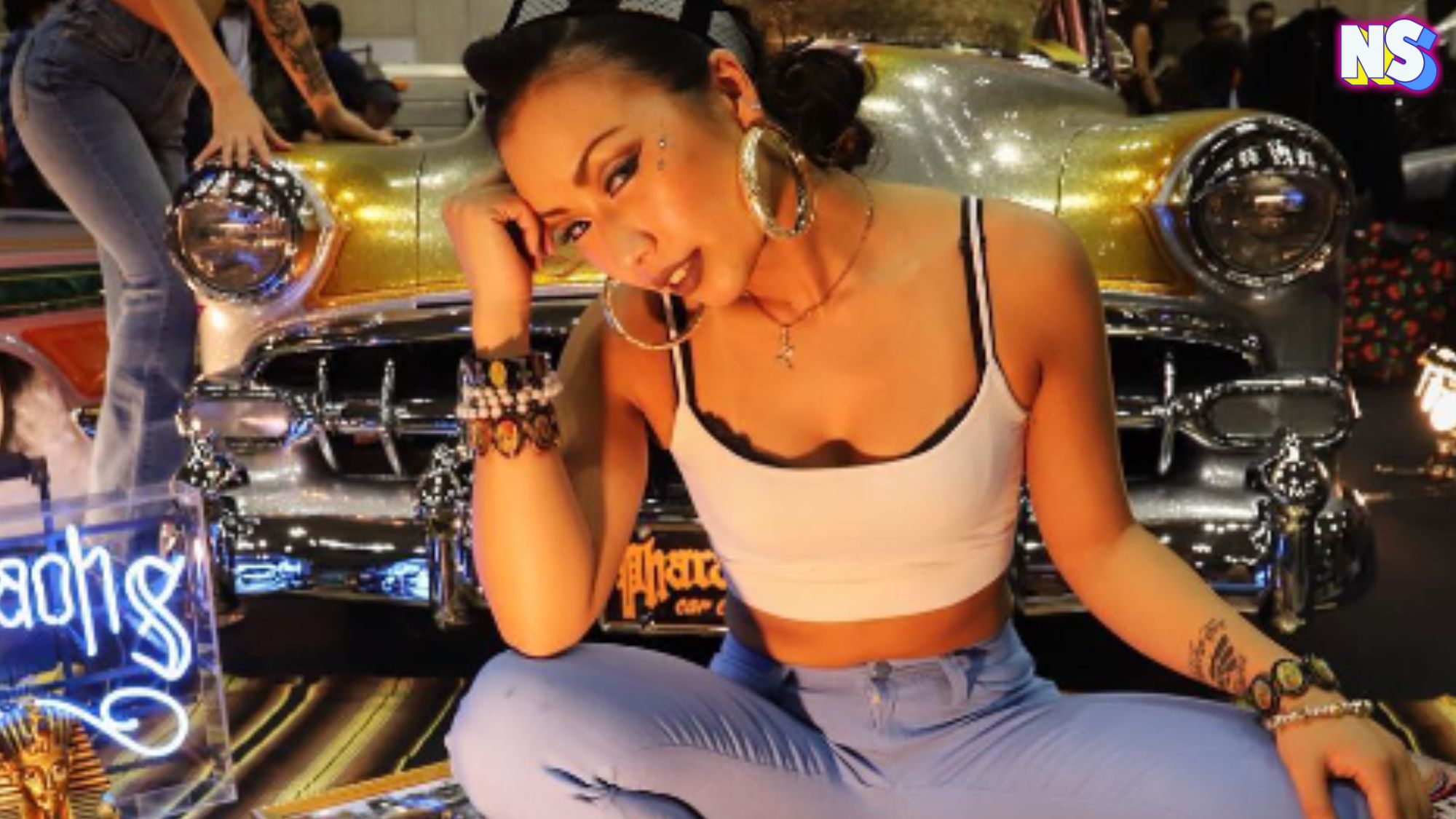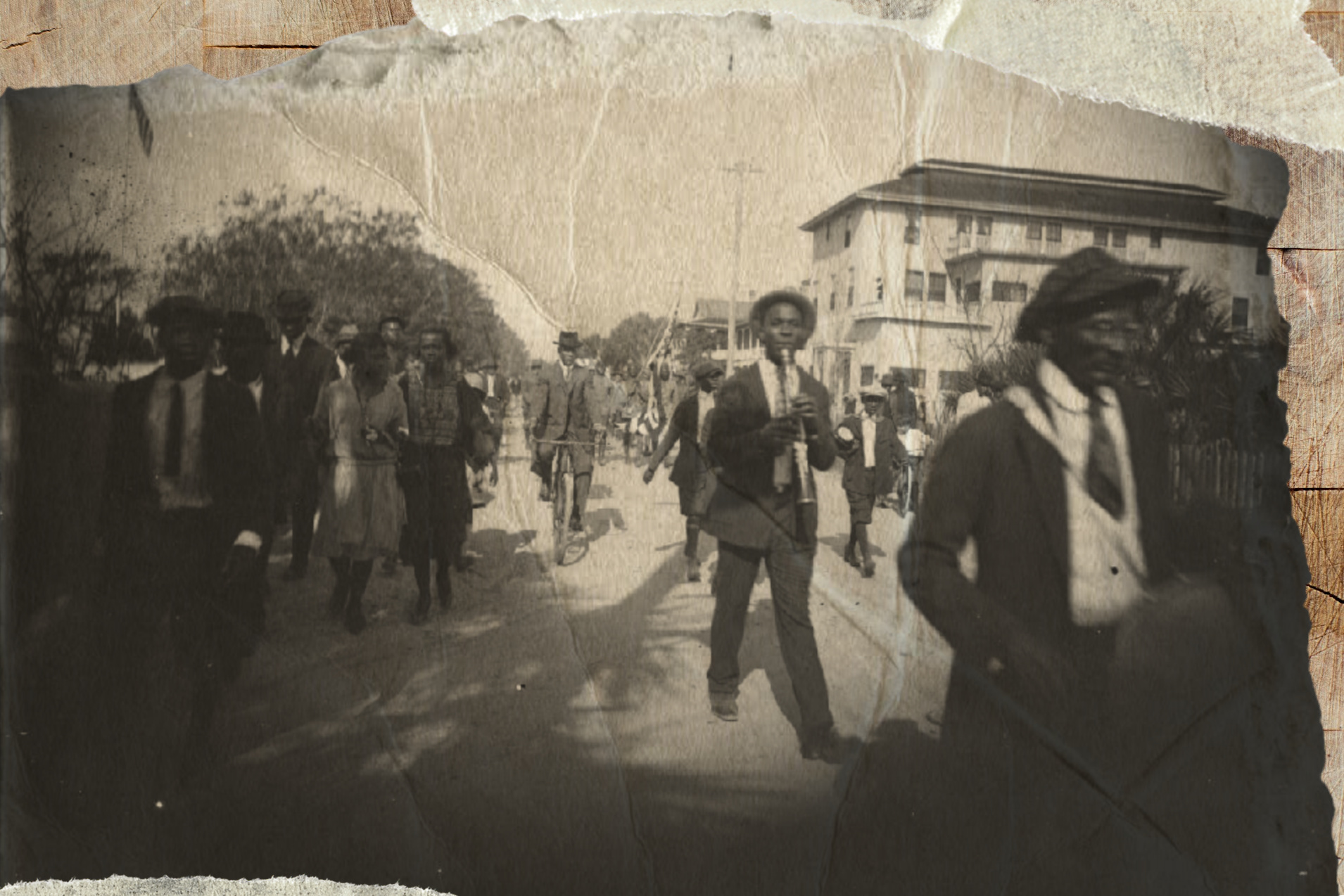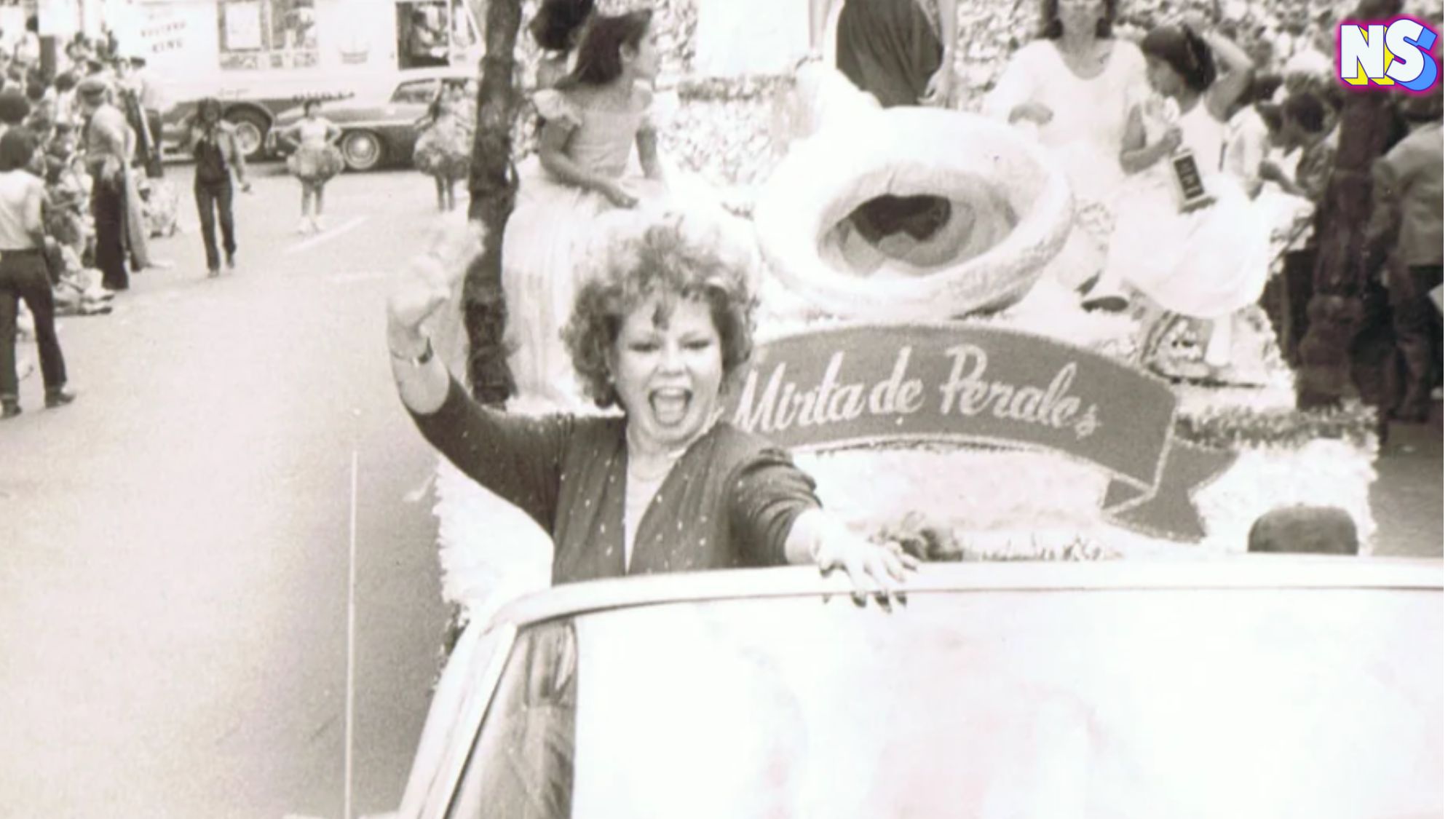They shake. They rattle. They may roll.
They’re maracas, the percussion instrument that even a baby can play!
But pin-pointing the exact origin story of maracas – rattles, shakers, or chac chacs, as they can be called – is not as simple as you’d think. And, according to most musicians, playing the maracas takes practice and actual training. So, shaking your maracas is more complex than we initially imagined.
Plus, the history of these original shakers of joy and happiness goes back hundreds of thousands of years. Maybe a millennia (or two). From Africa to the Caribbean, rattling instruments are tied to many cultures from these different parts of the world that all claim to be the instrument’s original birthplace.
The instrument tied to Latin and South American music, as we know it, has an origin story that’s a bit of an unsolved mystery. Luckily, many outlets, including official government institutions from around the world, have weighed in on the topic, leading us to know many truths and trivia about the origin of today’s maracas.
What are Today’s Maracas?
Understanding the “what” is easier than the “when” in the story of maracas. They’re quite simply percussion instruments that consist of a hollow body and are played by shaking. They typically have a rounded or pear-shaped design and were, are, often made from gourds, although modern versions can be constructed using other materials such as wood, plastic, or synthetic materials.
The body of a maraca is filled with various objects, such as seeds, beads, or small stones (or other materials according to Family Guy’s favorite dad Peter Griffin).
When the instrument is shaken, these objects collide with the walls of the hollow body, creating a rattling or jingling sound. Maracas are usually played in pairs, with one held in each hand.
Yet, no two maracas sound alike, as any musician will attest. Uncovering the history of these seemly simple instruments is a mystery leading to several landmarks around the globe, and dating back to the beginning of humankind.
Ancient Egyptian Pyramids and Maracas
Some believe instruments that rattle may have originated during the Stone Age. Others say the Bronze Age, along with the origin of the drum. Others mark the dawning of the ancient civilizations of Africa with these wide varieties of rattles. That’s where this origin story begins. 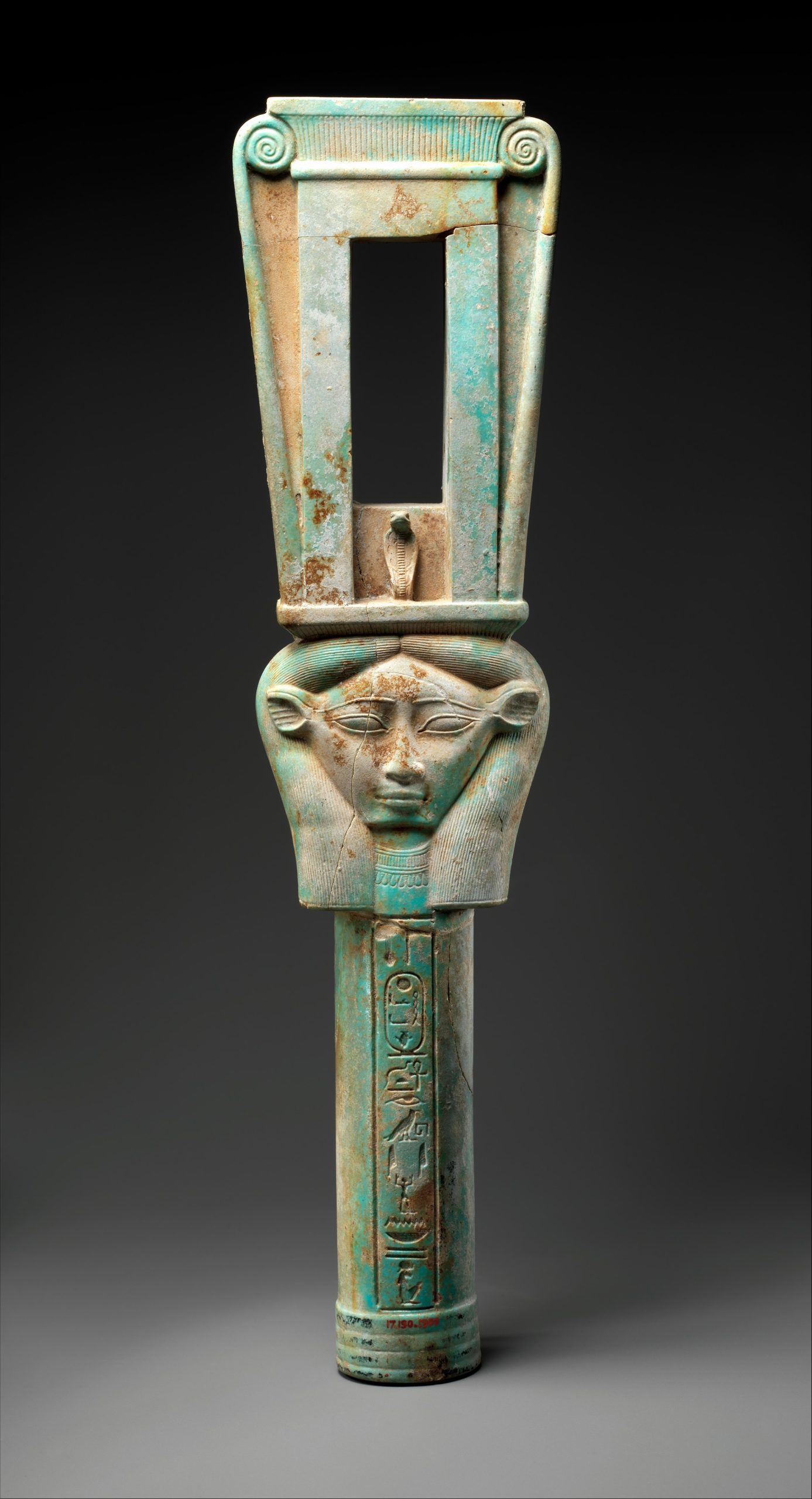
Photo of sistrum courtesy of the Metropolitan Museum of Art, CC0, via Wikimedia Commons.
One of the oldest, a.k.a ancient, African predecessors to the modern day maraca is traced back to the pyramids of Egypt. Like today’s maracas, sistra (the plural form of a “sistrum”) is a percussion instrument. An ancient sistrum – some of which were decorated for the gods, just like the pyramids – consisted of a metal frame with movable metal rods or rings passing through it. When shaken or struck, the metal pieces produced a jingling or rattling sound. In its Egyptian heyday, the sistrum held religious and ceremonial significance, associated with the worship of deities and often played during religious rituals and festivals. The jingling sound of the sistrum was believed to have a sacred and protective quality.
According to The Museum of Art, Rhode Island School of Design, which has a sistrum in its Ancient Egyptian Galleries collection, priestesses, or sometimes the king, “shook sistra during religious festivals to appease the violent aspects of Hathor’s nature.”
Much like maracas, the design and construction of sistra varied across different time periods and regions. While the particular sistrum is an instrument that originated in ancient Egypt, similar types of rattling instruments were introduced into other cultures as well. For example, variations of the sistrum were found in Greece and other parts of Africa.
Today, a more modern version of the sistrum is used in some traditional and folk music contexts, often as a symbol of ancient cultural traditions. It is also sometimes incorporated into modern musical compositions, providing a unique and distinctive sound.
Maracas Puerto Rican Roots
Let’s go with what we do know: maracas, which infiltrate the sounds of Caribbean and Latin American music, have solid roots tracing back to indigenous cultures in Latin America, particularly in the regions of Mesoamerica, the Caribbean, and Africa. 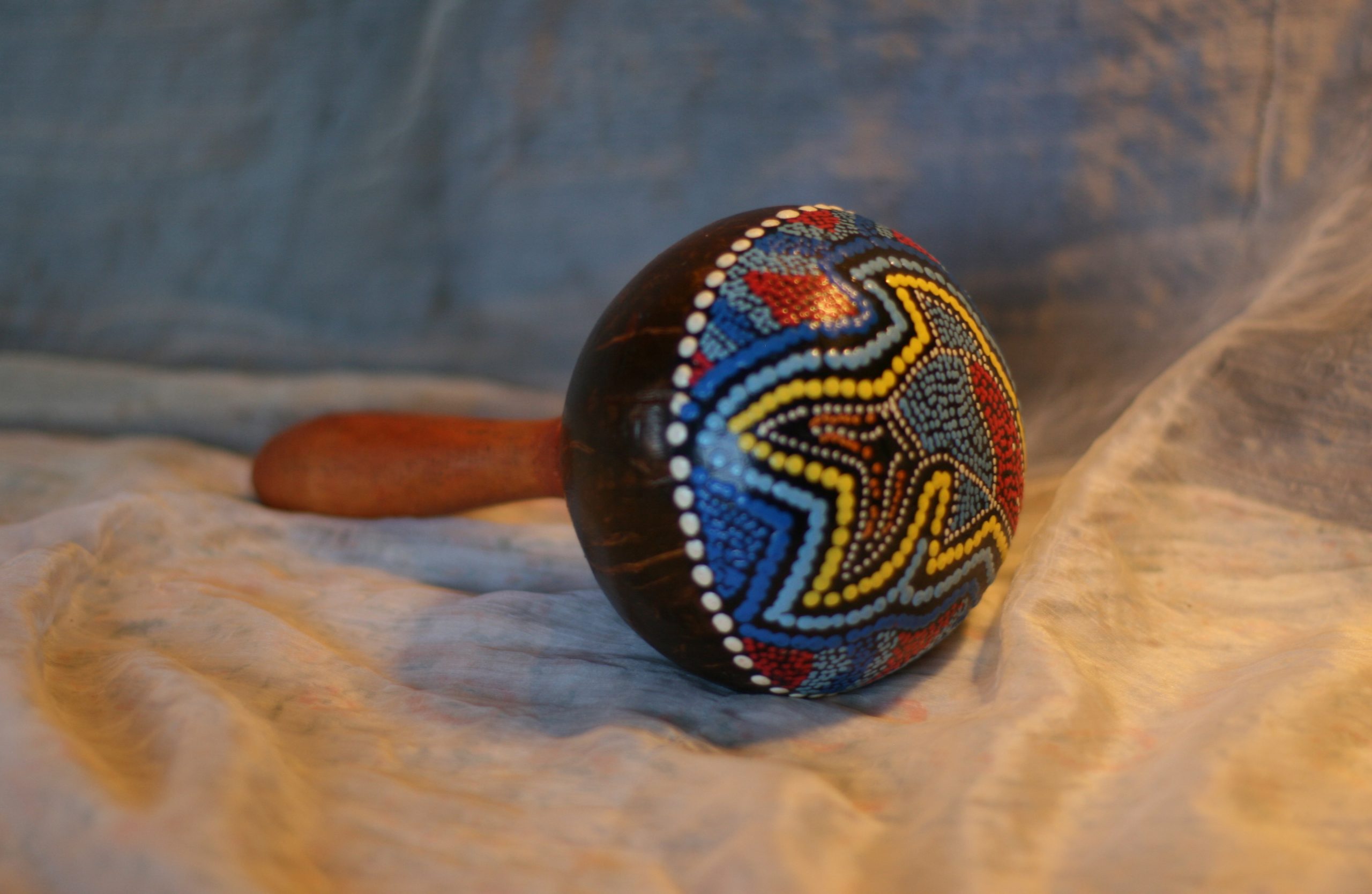
Photo of African maraca by Serg Childed, CC BY-SA 4.0 https://creativecommons.org/licenses/by-sa/4.0, via Wikimedia Commons.
In these cultures, different types of rattling instruments were created using natural materials such as gourds, shells, or plant pods. Like the sistrum of Ancient Egypt, these percussion instruments often had spiritual or ceremonial significance and were used in various rituals, celebrations, and musical performances.
For years, musicians have typically used maracas to keep the beat and supply rhythmic accompaniment in Latino music genres like salsa, cumbia, guaracha, merengue, un son, cha chá, and mambo (to name a few). The arrival of European colonizers to the Caribbean unleashed the world’s love affair with maracas, according to historians.
Some say the Spanish word “maraca” is derived from the Taíno word “maráka,” which referred to a similar instrument used by the Taíno people of the Caribbean.
And the Spanish colonizers eventually incorporated maracas into their own musical traditions, in Europe and other parts of the world. But the country that’s given the credit for originating the maracas we love in all things modern Latino music is Puerto Rico.
According to a Yale University study, the maraca is one of the typical Puerto Rican musical instruments that reflects “the influence of the different ethnic and racial groups existing in Puerto Rico during the colonization of the island.”
Yale confirms that maracas came from the Taino Indians who were living on the island when the Spanish conquerors arrived.
The maraca is made from the round and small fruit of the island’s higuera tree. After taking out the pulp of the fruit through holes, small pebbles are introduced into it. Then a handle is fitted to the dry fruit shell.
By the 19th and 20th centuries, Puerto Rico’s maraca made its way to musical rhythms emerging throughout Latin America and the Caribbean. From salsa to merengue, maracas were part of a band or orchestra playing the music of the people.
Over time, maracas have undergone some modifications in terms of design and materials. Today, maracas have gone worldwide, landing in today’s most famous of hands. From big Hollywood movies. like the 1959 film As Good As It Gets, starring Marilyn Monroe, to cartoons, like mainstream American hit Family Guy. And they’re found just about everywhere in between.
Sure, we may never know the true origin of maracas, but we do know they’re not going anywhere any time soon. And that’s music to our ears.

